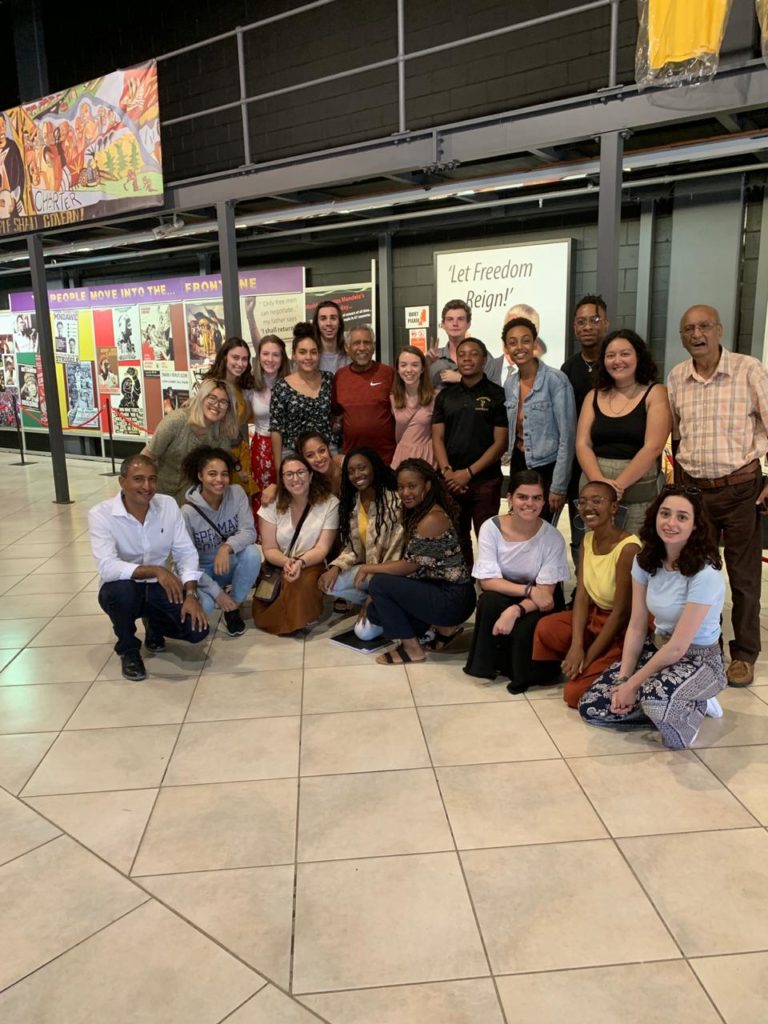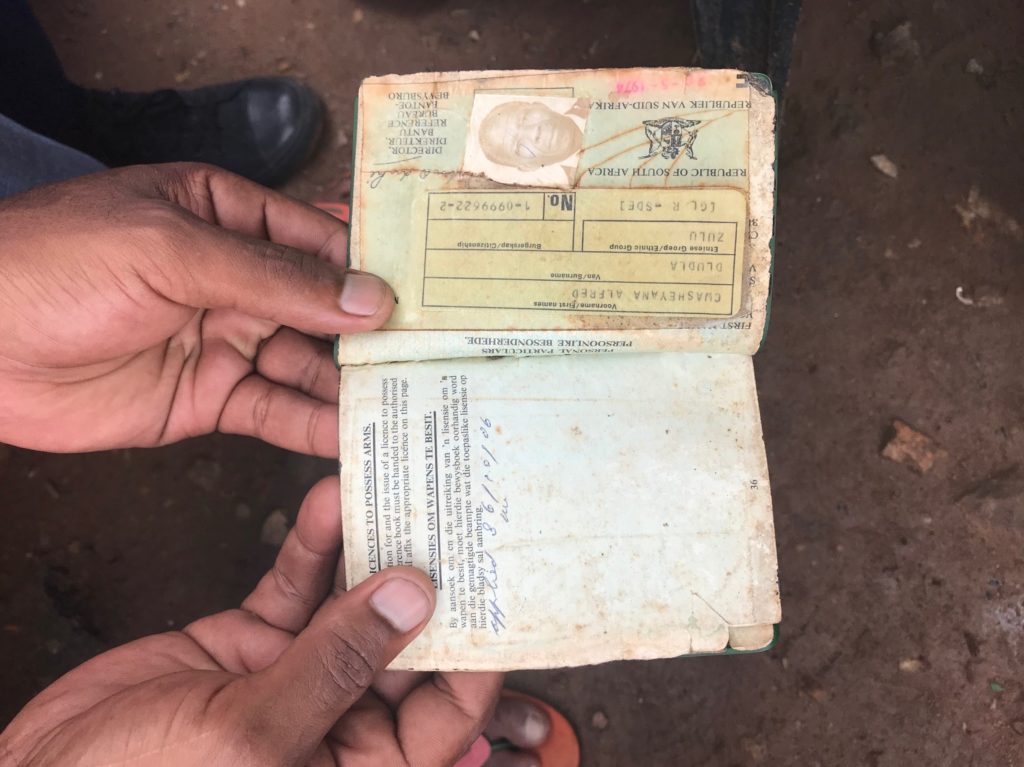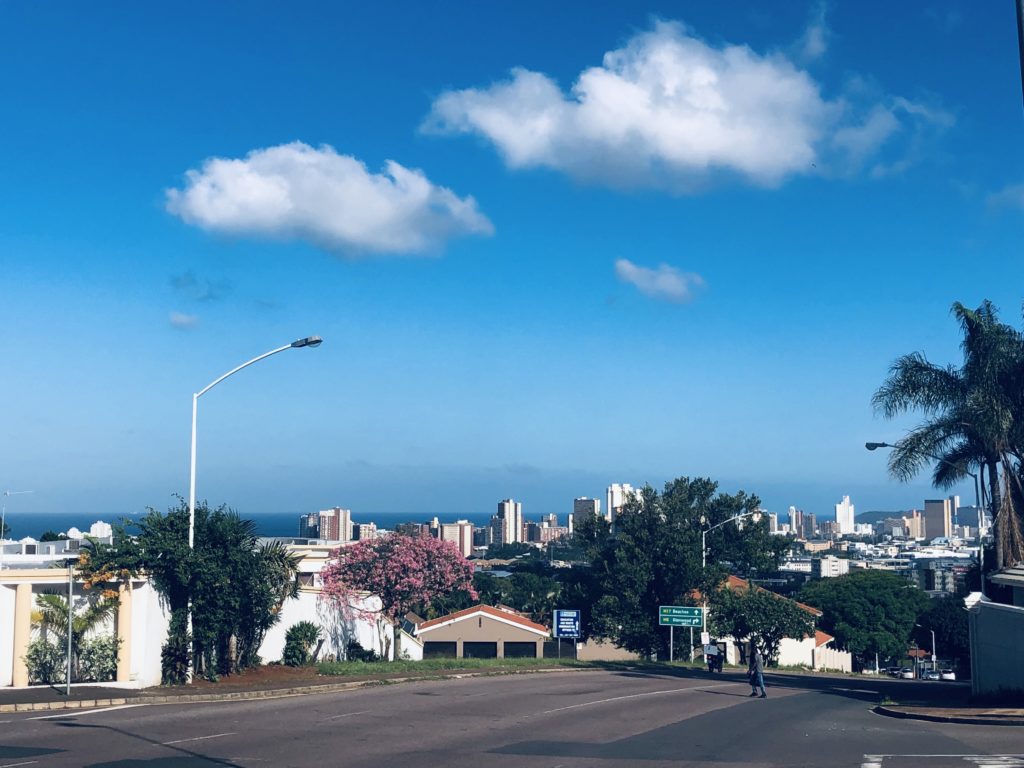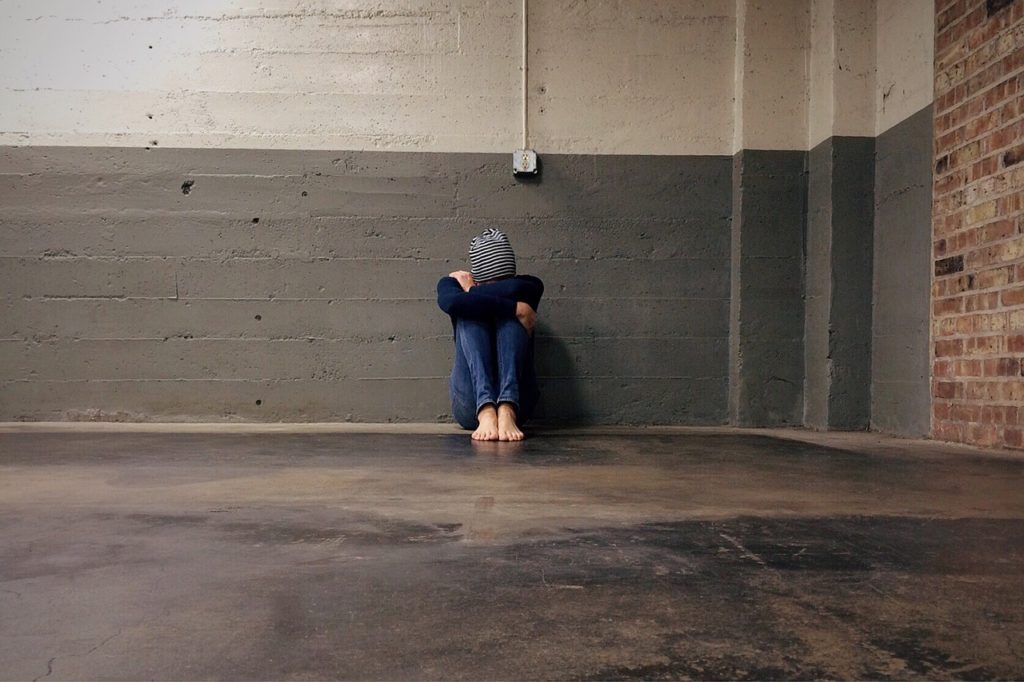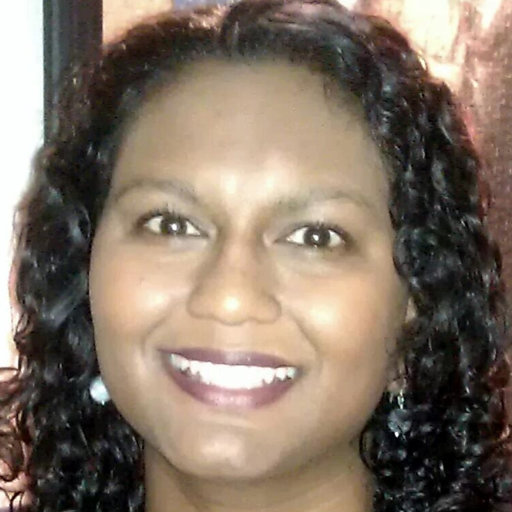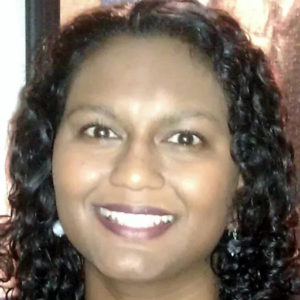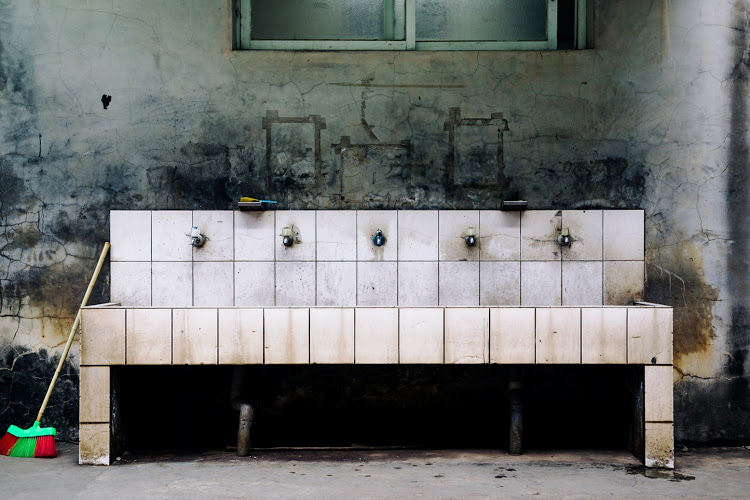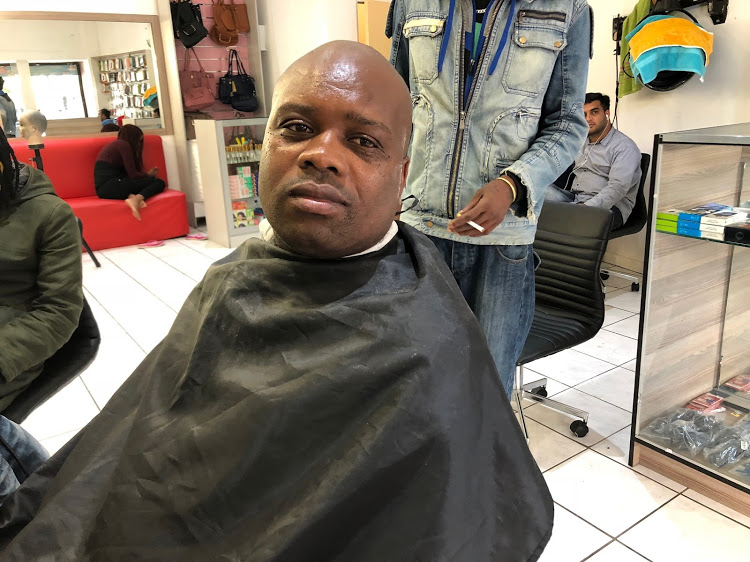The Mandela Capture site in Howick marks the location where former SA president Nelson Mandela was arrested by apartheid police 1952. Mandela had been travelling in disguise and had been on the run for 17 months. The memorial is made up of 50 steel columns that a form an image of the former president when viewed at the correct angle.
A study by University of South Africa academics Catherine Govender and Kelly Young found that authoritarian parenting, which they defined as a “rigid, repressed, non-negotiable, power-oriented and hierarchical”, is associated with traditional bullying and cyberbullying.





